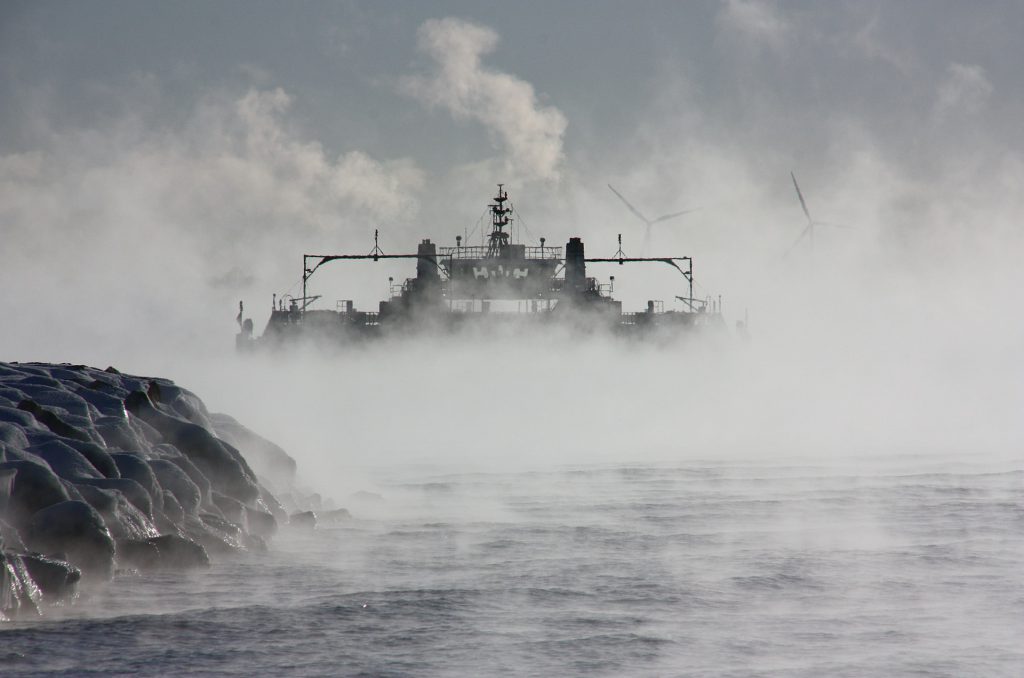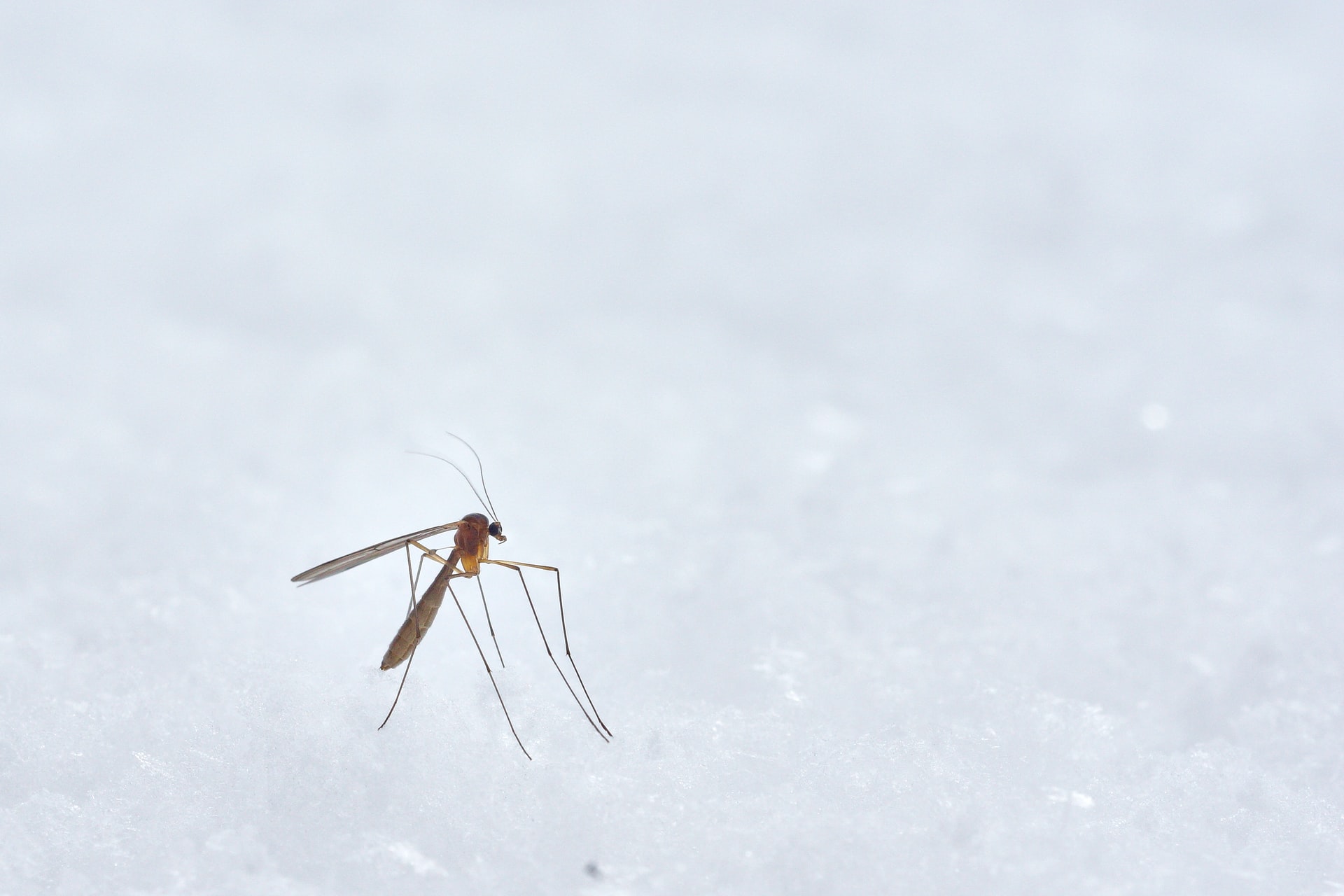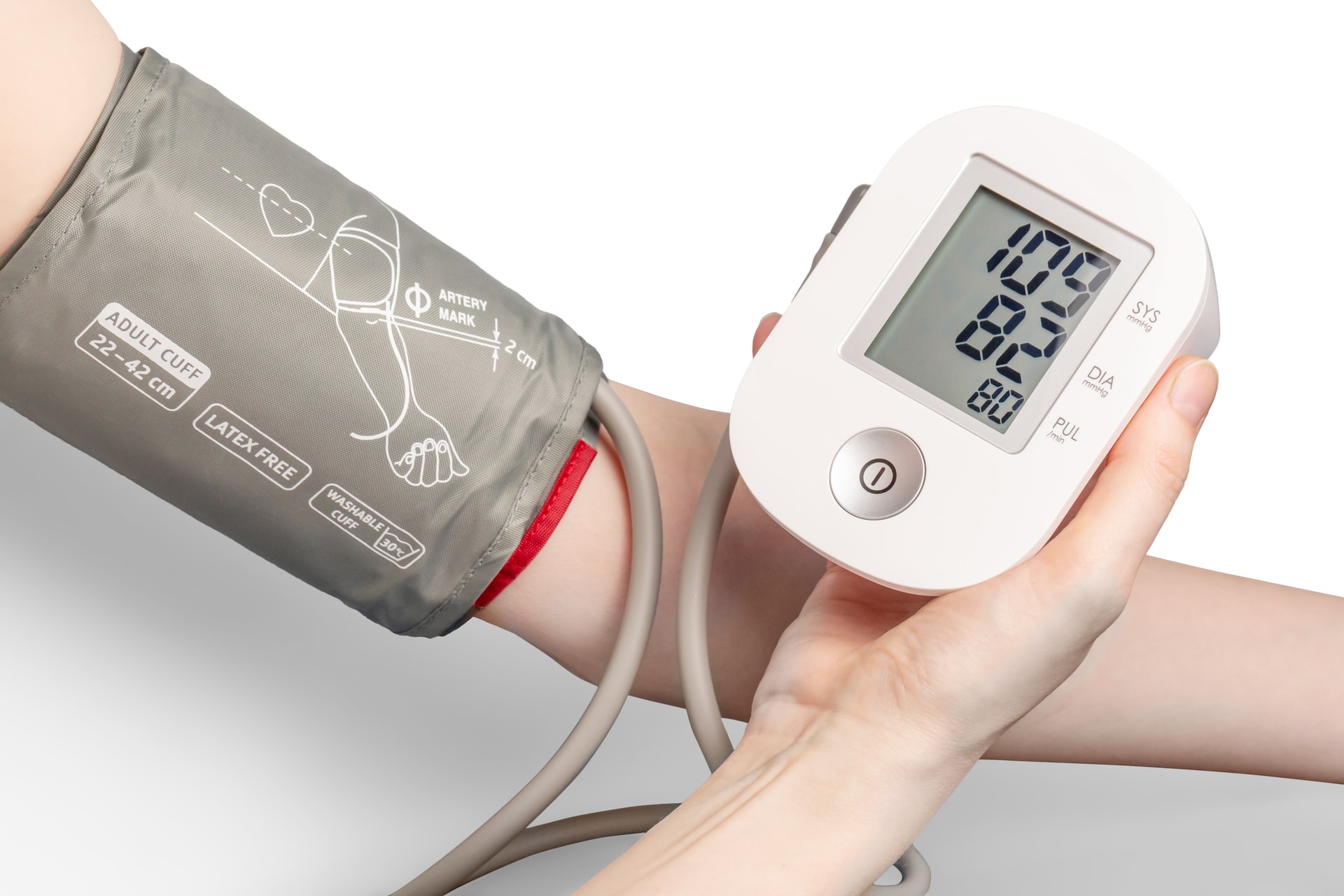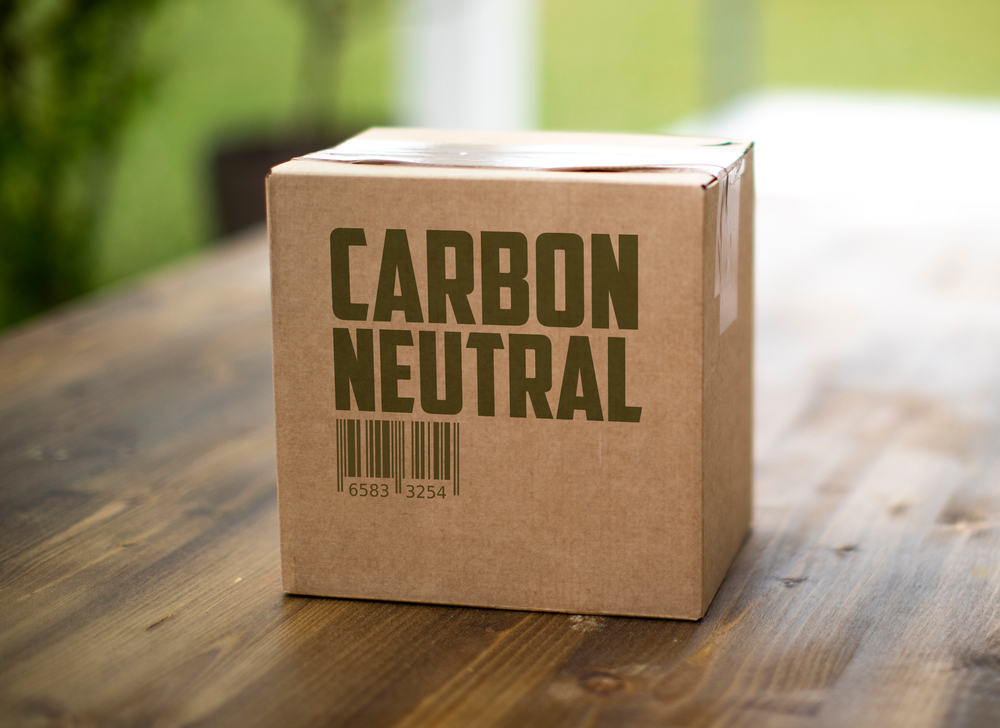Reading Time: < 1 minutes
- A tropical storm is called a hurricane when it reaches a wind speed of 119 km per hour.
- But these storms get names even when they display a rotating circulation pattern and wind speeds of 63 kms per hour.
- For hundreds of years, various approaches have been tried, but nothing has worked as well as the current method.
- There was a time when they were named after saints, and then after related objects, e.g., in the 1850s, a storm damaged a boat named Antje, so the hurricane was named Antje Hurricane.
- In one instance, when a hurricane hit Florida on Labour day, it was called Labour Day Hurricane.
- Realising the randomness of such names, meteorologists began using latitude-longitude coordinates, but this was too confusing.
- Finally, in the 1950s, meteorologists decided to identify storms using names from a list that was arranged alphabetically.
- Initially, inspired by naval meteorologists, who named storms after their wives, the National American Hurricane Centre used only female names, but it was controversial.
- In 1979, men’s names were introduced, and now they alternate with the women’s names.
- Also, the list is now maintained and updated by an international committee and not by National America Hurricane Centre.
- There are only six lists of names that are used, so the list of 2020 will be used again in 2026.
- However, if a particular hurricane was too deadly, its name is deleted permanently at an annual meeting and replaced with one starting with the same alphabet; this is done because people can have bad memories of that hurricane.
- Florence (2019), Michael (2019), Irma (2017), Sandy (2012) & Katrina (2005) are a few names that have been deleted permanently.
Image courtesy of Anthony Aird through Unsplash
Reference shelf :
























